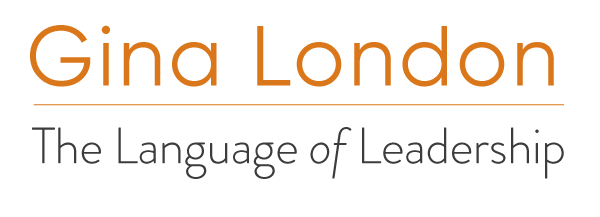“I was a called a ‘bold boy’.”
Dublin in the 1960s and 1970s was a very difficult time for young Ronan McGovern to grow up. He found himself getting into plenty of trouble at school and at home. “I was also described as ‘inattentive, hyperactive and impulsive.’”
It wasn’t until 1996, he was well into his thirties and attending Stanford Business School, that the reason for his previously described behaviour became
clear. A classmate, who also happened to be a medical expert, identified Ronan as having Attention-Deficit Hyperactivity Disorder, or ADHD, which was later confirmed by an educational psychologist.
“It was an inflection point in my life.”
During 2019, he spent six months with medical professionals and researchers as part of the Stanford Neurodiversity Project. And now, Ronan integrates his professional experience as a banker, barrister-at-law and chartered accountant to help raise awareness about neurodiversity in corporations and other societal institutions.
“My life purpose is to promote awareness of ADHD and neurodiversity,” he said.
The term itself encompasses a range of conditions including ADHD, Dyslexia, Dyspraxia, Dyscalculia and Autism. And while many managers actively embrace the benefits that arise from promoting diversity in gender, ethnicity, religion and culture, the advantages an organisation receives when supporting neurodiversity in the workplace are equally important but perhaps less understood.
“The way I look at Neurodiversity personally is that the more we know about our brains the more we know about who we are in the world, how we relate and interact with people, as individuals and groups. For example, the way our brain works can shape, often unconsciously, the way we learn and develop, the jobs and careers we pursue and the type of partners we seek in life. How we behave is partly a function of our brain makeup.”
To explore that further, in 2020, Ronan founded a “Rebuild Innovation” research project through Stanford in the area of neurodiversity. Along with two core team members, Tiffany Jamison of Grit & Flow, a California-based organisation that focuses on helping people understand how they work best, and Susan O’ Malley, a fellow Stanford alum who works at the global design company IDEO, also headquartered in California.
Together, along with 80 volunteers, they published their findings on the website, “NDGiFTS Movement”, which states its commitment to, “giving individuals full team access.”
Ronan described their “rebuild report “as a type of start-up manual designed to help companies begin to actively expand their diversity and inclusion programmes to include neurodiversity. The report’s top three takeaways are:
- Eighty pc of people with neurodiverse conditions are unemployed
Globally, people with neurodiverse conditions are underemployed or unemployed and yet research also shows these people are extremely creative.
“That’s why we make the business case around much needed innovation. In our project, we engaged with Amazon, Goldman Sachs, Bank of America, Google, Microsoft, Salesforce and Linkedin in the US. We said there’s an invisible, unaddressed market with loads of untapped talent. They see things differently. If you want innovation, intentionally recruit neurodiverse people,” Ronan explained.
“We are delighted to share that Goldman Sachs has been successfully doing this over the past year. Goldman, Microsoft and Bank of America are exemplary companies in the US and I am delighted that AIB Bank (where Ronan works) now has neurodiversity on its diversity radar as well,” he added.
- Companies should include neurodiversity into their DEI programming and culture
Today, in practically every large organisation around the world, diversity systems are being implemented, but, as Ronan points out, “neurodiversity is mission, so we make the case for integration.”
- Governments should strive for early intervention
Ronan’s team calls on governments to provide access to early childhood diagnosis and intervention measures. “Especially for children who may face discrimination from an intersection of factors like, a girl of colour from a poor neighbourhood who has ADHD. There is a a huge economic case for in these situations there is a complex, cumulative and multiplying effect at work such that significant interventions are required to level the playing field. But if provided, such a girl could make a creative and unique contribution to her company, community and society,” Ronan said.
In addition to the main areas the report spotlights, it also lists specific programming ideas for companies to begin implementing in order to begin developing and nurturing a neurodiverse workforce. These include building more intentional and targeted recruitment plans, tailoring career paths and offering specialized team support where needed.
“One thing that I learned in recent years.” Ronan said, “is that in some mysterious way we are wired to connect. We are embodied in a way that functions so that we can help each other grow and develop and solve our problems and to make each other whole. There is a very complex and dynamic interplay between us and the others in the world where we are all impacting on and shaping each other as we journey through life.
“I was a boy with undiagnosed ADHD, and now I am an ADHD and neurodiversity champion driving research, advocacy, and creative innovation. In so doing, as the Stanford Business School motto says, I am striving to ‘Change Lives, Change Organizations, (and) Change the World.’”.
Ronan is capturing his story in an upcoming memoir he told me he’s writing with a working title that takes a comment that once characterized his impulsivity and now describes the man of action: “Bold Boy.”
Each of us can take up the moniker. We can be bold in our commitment to better understand others more positively.
